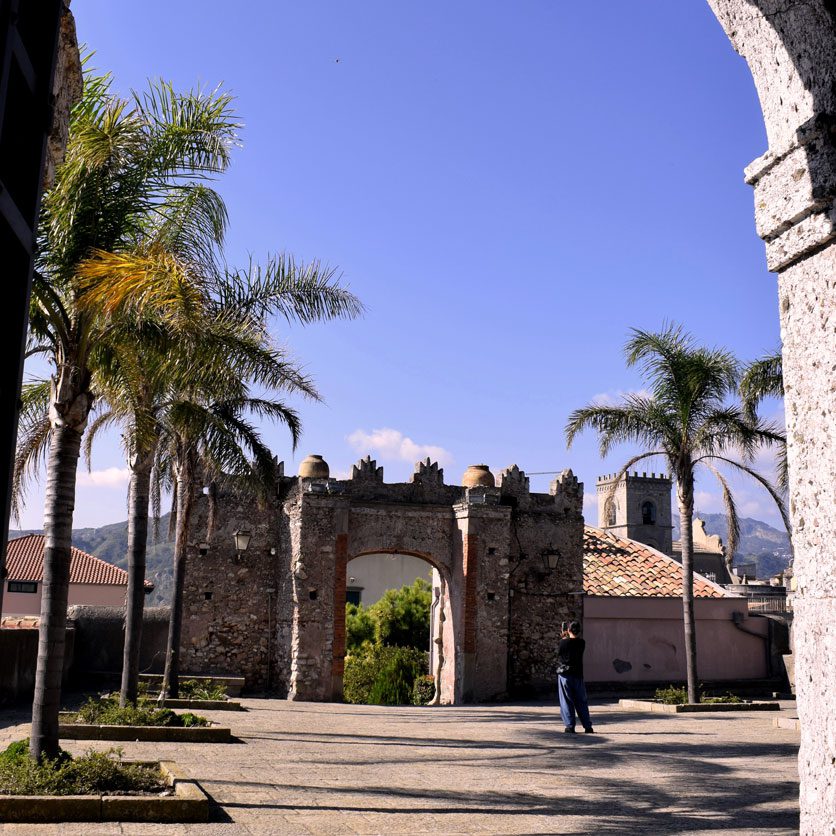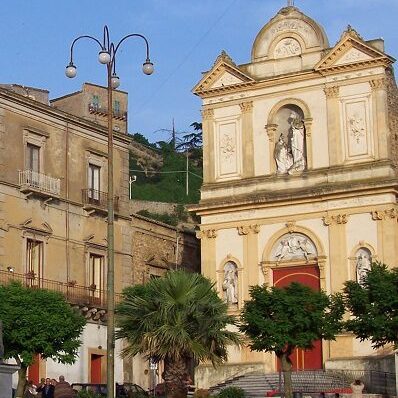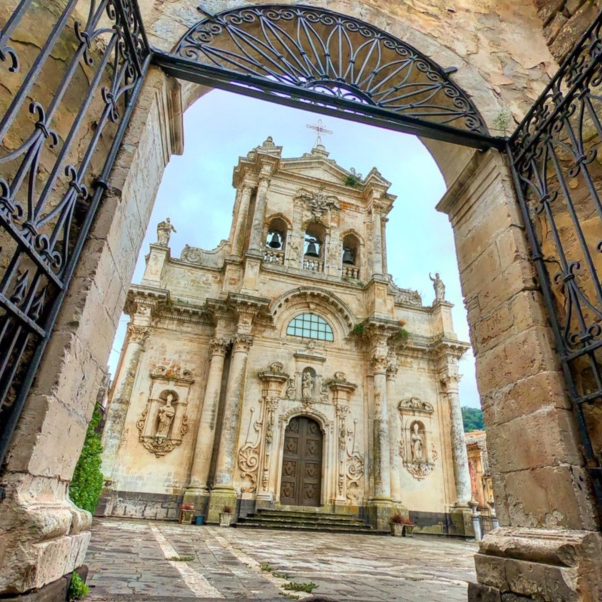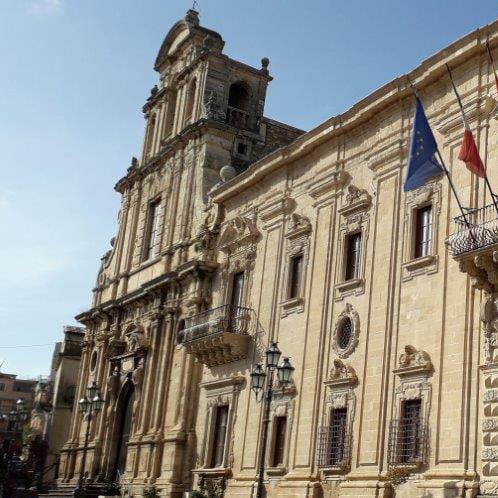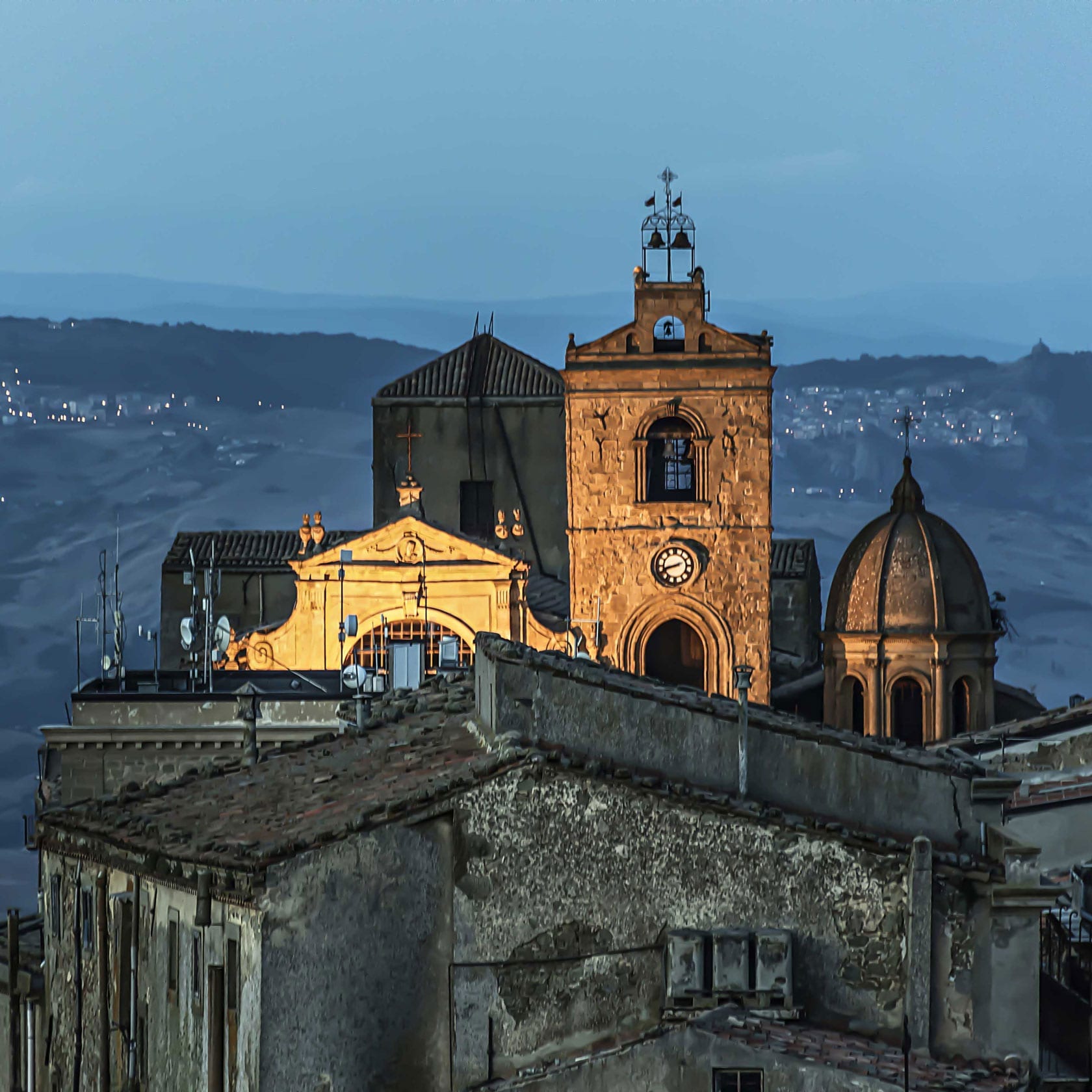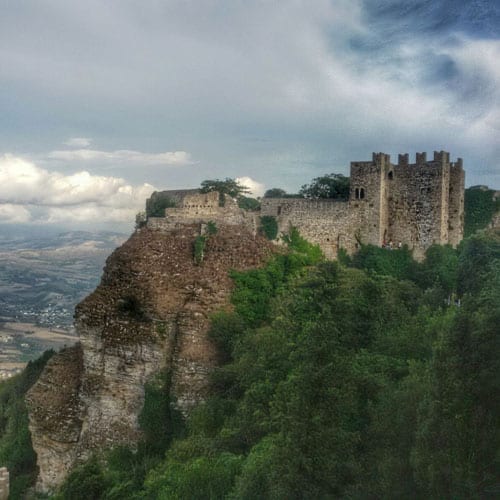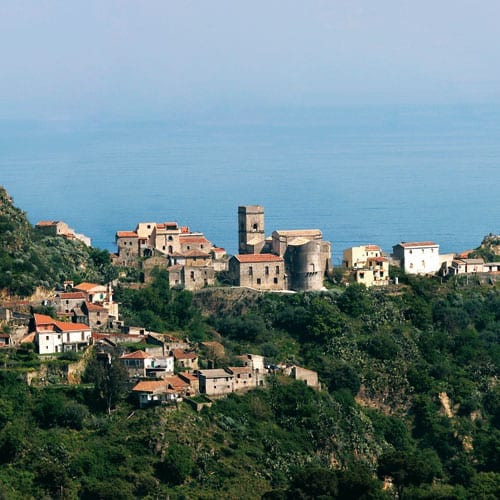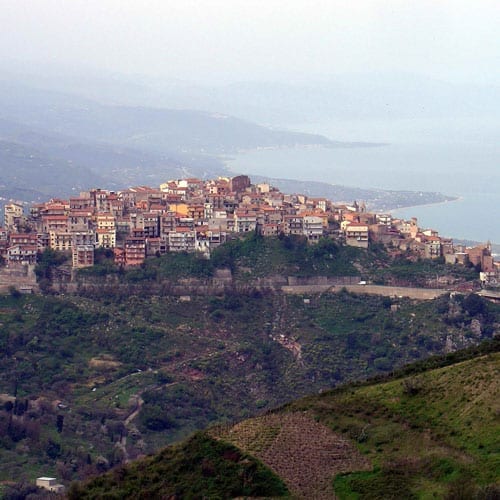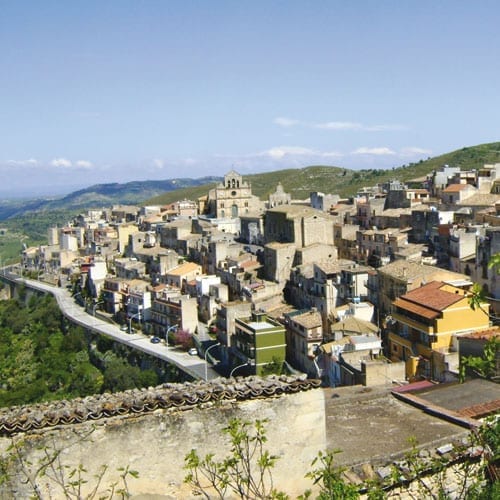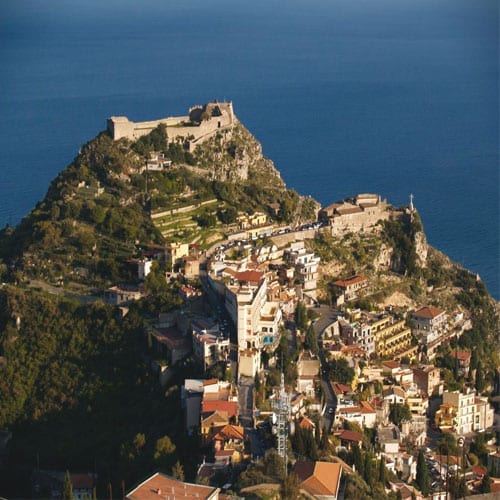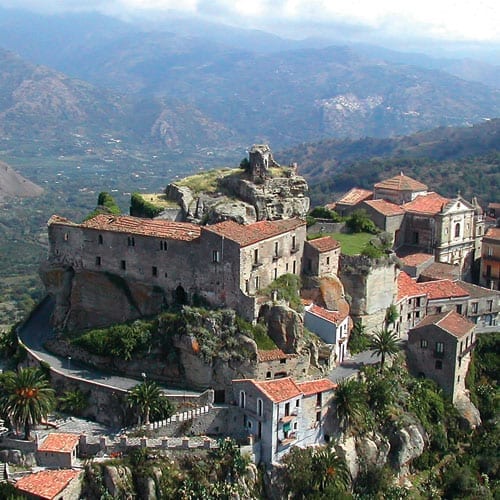 Cefalù
Cefalù
MUNICIPALITY OF CEFALù
only the historical centre
(Palermo District)
Altitude
mt. 0-270 a.s.l.
POPULATION
13790 (2.000 in the borgo)
Patron SAINT
Santissimo Salvatore, August 6th
TOURIST INFORMATION
Tourist office, Ph. 0921 924130
Azienda Autonoma di Soggiorno e Turismo, Ph. 0921 421050
Parco delle Madonie, Ph 0921 923270
www.comune.cefalu.pa.it – comcefa@comune.cefalu.pa.it

The name derives from the Greek Kephaloidion and means “head,” in the sense of “cape,” “extremity” and therefore meaning, in this case, promontory. The Romans called it Coephaledium, whereas for the Arabs it was Gafludi, a fortified town with abundance of water.
The cathedral is the hub around which the entire old town stretches, in a fascinating setting between the vast sea horizon and the broad mountain rising above it. The “promontory of Hercules” is the limestone hill that dominates the city, 270 m high, from where you can have a splendid view. At the top there is a megalithic structure known as the Temple of Diana, probably connected with a water divinity, as would be demonstrated by the nearby cistern of the 9th century BC. Of the same period (late 5th cent. BC) as the temple, which fascinated European travelers, are the megalithic defense walls, of which only some sections remain along the cliffs of the Giudecca (Postierla) and near the ancient Porta Terra (today Piazza Garibaldi).
The Cathedral is perhaps the most remarkable building of the Borgo. It is a mystery why Roger II wished to build such an imposing church, which became also his mausoleum. It is a fact that the Norman king built his masterpiece here: it is huge and austere with its two towers, and precious for the warm golden color of its walls and the dazzling mosaics inside. The extraordinary thing is that the Norman temple, conditioned by Byzantine liturgical prescriptions, was designed and built by Islamic architects and workers, still present in Sicily within the cultural language that linked the island to the Maghreb regions. In short, a wonderful synthesis of three cultures, stimulated by the fact that the king wanted a church that was also a fortress and funerary monument. At the root of the design there was the Maghreb architecture of the Zyritis and Hammadite fortresses, the same culture that allowed Roger to build the masterpieces of Palermo. It is a wonderful synthesis of three cultures, stimulated by the fact that the king desired a church that would also be a fortress and a funeral monument. Inside, the cathedral is dominated by the solemn colonnade and the huge image of Christ Pantocrator in the apse, entirely in mosaic with a gold background, with inscriptions in Greek and Latin, exquisitely made by Byzantine artists (1148). The wooden cross hanging in the central apse is attributed to Guglielmo da Pesaro (15th cent.). Also worthy of note are the Romanesque baptismal font and the cloister next to the cathedral, decorated with coupled columns topped by carved capitals.
Continuing on with the discovery of the other treasures of medieval Cefalù, we’ll find Palazzo Maria on Piazza Duomo and the Osterio Magno on Corso Ruggero, which dates back to the 13th century, was probably built over a preexisting structure, identified, according to a false tradition, as the residence of King Roger. Owned by the Ventimiglia counts, it has three beautiful mullioned windows. Today it is used as an exhibition center. Not to be missed is the medieval washhouse, with an elegant staircase in lava stone.
The Baroque, another golden age in Sicily, can be admired in Cefalù in the façades of the Monte della Pietà (1716) and the beautiful Church of Purgatorio (1668), as well as in portals, corbels and other architectural details that enliven hidden corners, streets and small squares in the historic center. In the Church of Purgatorio there is a rectangular crypt with completely desiccated corpses. Do not miss the Bishop’s Seminary (1638) on Piazza Duomo and the Mannerist rusticated portal of the 16th century Palazzo Piraino. A tour of Cefalù is not complete without a visit to the Mandralisca Museum, even if only to see amid the many collections the extraordinary Portrait of an Unknown Man (146570) by Antonello da Messina.
Wandering about through the narrow medieval streets, characterized by the small arches connecting one building to the other, is very pleasant. At the end of the tour, passing through Porta Pescara you’ll get to the marina: the old port is a mesmerizing sight, especially in the evening.
The olive tree covered hill plunges into the sea, vineyards and orchards thrive in the fertile contrade, and the promontory overlooks the beach, rocks and small gulfs along a coast lined with centuries old pines. The “product” of Cefalù is to be sought in this enchanting scene. Attention should be paid also to the daily ritual of offshore fishing. The most common types of fish are “a sciabica” (small sardines) and “a tre maglie” (blue fish).
Cefalù is permeated with the air of the sea, and many of its traditional dishes feature seafood. But the queen of local cuisine is based on meat: pasta ‘a taianu is a delectable and poetic miscellany of flavors and aromas, and is the main dish for the Festival of the Holy Saviour. This pasta is made with a ragù sauce with meat and fried eggplant.
Guarda tutti i video sulla pagina ufficiale Youtube de I Borghi più belli d’Italia.

